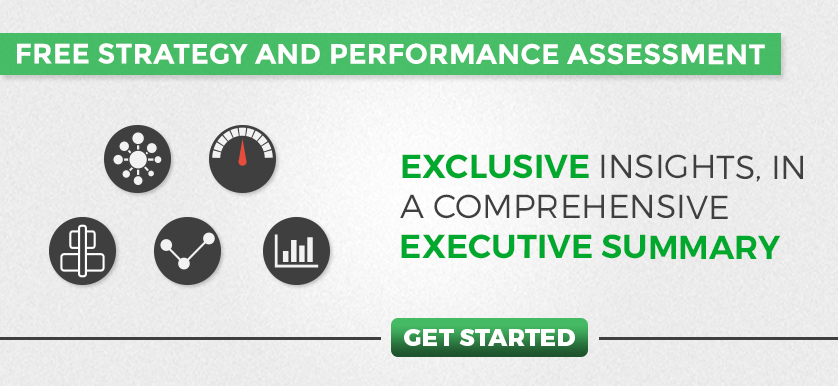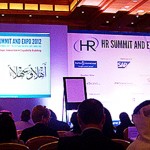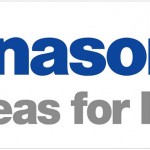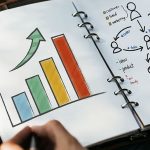The Next Generation HR is a Data Driven HR

Image source: Adeolu Eletu | Unsplash
- encourage new ways of working,
- learn to collaborate cross-functionally and respond faster to changing business priorities,
- tap the potential of new technologies and
- leverage advanced data analytics to give relevant insight and inform business decisions.
What is the problem then?
The people analytics revolution has been discussed for a decade now, expecting it to bring us in a new era for HR. But so far, the revolution is for an elite few, not for the masses. Too many companies say they still need help with putting basic people analytics into practice while too many HR departments are still stuck struggling with the basics. The most cited reasons for this situation include:- HR has more data than ever before but lacks knowledge on what to measure or what to do with the data
- Poor data governance entails dealing with excessive, unintegrated, unreliable data
- Analytic capability to turn data into insight is insufficiently developed within the HR teams
- Cloud solutions and cutting-edge technology to enable streamlined and automated HR processes are expensive
- A new profile of the HR professional is emerging and a brand new set of competencies are required, as shown by research led by LinkedIn that indicates a significant increase in HR professionals with data analysis competencies.
- Over the last five years, the research showed a 242% increase in HR professionals with data analysis skills.
- Companies have realized that starting small is ok. Value is added right away by combining reliable data with metrics that matter, while also preparing HR for advanced analytics in the future. The experience of these companies give us some insight on where to start:
- address first the issues of data governance, analytic capabilities, and building a data adoption culture. With the implementation of limited, but targeted data governance mechanisms, many companies have managed to ensure the right data is being collected at the right level of accuracy.
- a data plan should start with identifying metrics that matter to produce a report or dashboard that actually fits the intended purpose of tracking progress toward an objective, a critical workforce trend, or to inform a specific workforce decision.
- reports and dashboards should be less ambitious and more focused on the most important talent issues, so the number of metrics should be limited to 20 wherever possible. Small, easy to understand dashboards that drive action can produce a big impact.

Tags: Data Driven HR, HR, Human Resources, Next Generation HR





